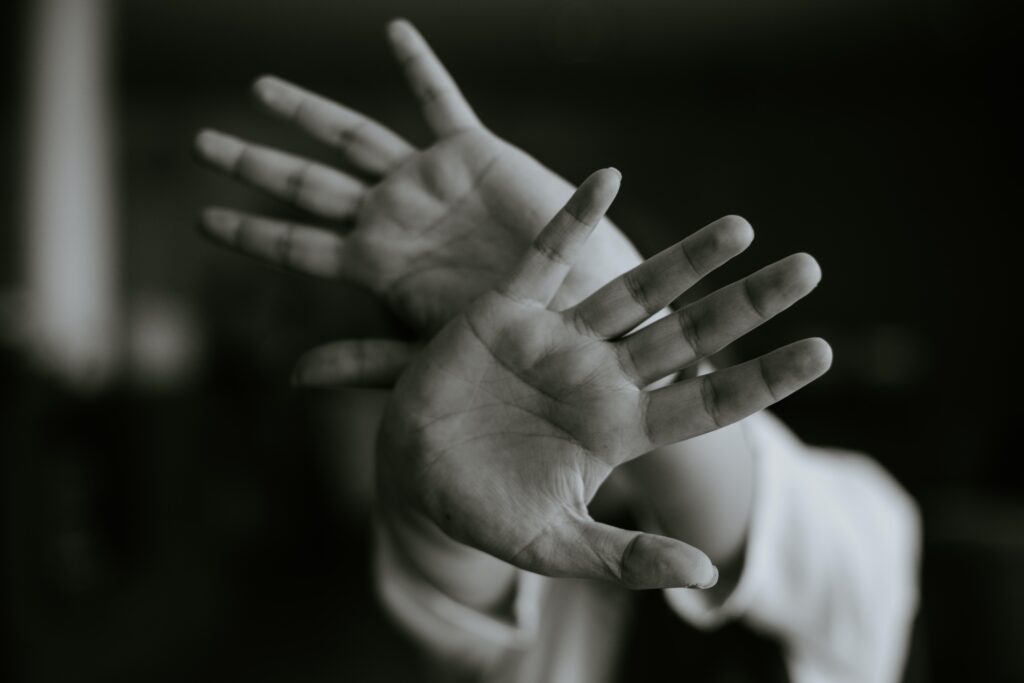7 Things You May Not Know About Bipolar Disorder

Few mental illnesses are as severe, dangerous, and as misunderstood as bipolar disorder. Sometimes known as “manic depression” or “manic-depressive disorder,” the American Psychological Association (2012) defines bipolar disorder as a chronic and acute mental illness that’s characterized by episodes of dramatic disturbances in a person’s mood (known as a “mood episode”).
It affects over 5.7 million adults (those 18 years old and above) in the US alone, and millions more all over the globe, making it the 8th leading cause of disability worldwide. It is equally prevalent among both males and females, but is more likely to develop in low income earners. The average age of onset is usually during adolescence or young adulthood (from ages 14-22), but it can start as early as childhood and as late as 50 years old.
With that said, bipolar disorders are no doubt an important social issue that everyone all over the world should be more aware about, so here are 7 interesting facts you may not know that can help you better understand bipolar disorders:
1. There Are Different Kinds of Bipolar Disorders
According to the Diagnostic and Statistical Manual of Mental Disorders (DSM-5), there are three major kinds of bipolar disorders: Bipolar Type I, Bipolar Type II, and Cyclothymic Disorder (APA, 2013). Bipolar Type I is more severe, but Bipolar Type II is more common. Cyclothymia is the mildest form of bipolar disorder, but if left untreated, can worsen over time and develop into either Type I or Type II Bipolar Disorder.

2. There Are Different Kinds of Mood Episodes
The best way to differentiate between the different types of bipolar disorders is by the kinds of mood episodes the patient experiences. There are three kinds of mood episodes: depressive, manic, and hypomanic. When a person only has depressive and manic episodes, they’re diagnosed with Bipolar Type I. If they experience hypomania, they are diagnosed with Bipolar Type II (if they meet the criteria for a depressive episode) or Cyclothymia (if they do not).

3. Manic and Hypomanic Episodes Are Different
The main difference between mania and hypomania is its severity and duration. A manic episode lasts at least 1 week and usually involves psychosis or hospitalization, because the person has become so unhinged and out of control that they now pose a danger to themselves. Hypomanic episodes, in comparison, last less than 7 days, have fewer symptoms, and are mild enough that they can still allow the person to function normally as they are experiencing it – albeit, much more frantic, energetic, and talkative than they usually are.

4. Depressive Episodes Are More Common
Remember that Bipolar Type II is the most common type of bipolar disorder? That’s because depressive episodes are much more common and more frequent than manic episodes. Depressive episodes occur up to three times more than a manic or hypomanic episode, and they also last longer. Manic episodes have a duration of 1-2 weeks on average, while depressive episodes can last up to months or even years at a time. This is why bipolar disorder is often misdiagnosed as depression in a lot of cases.

5. Bipolar Disorders Have Specific Subtypes
Bipolar disorders are actually a lot more complex than most people think. Aside from the three major kinds mentioned earlier (Type I, Type II, and Cyclothymia), bipolar disorders are further categorized into nine specific subtypes, depending on the symptoms presented. These are: with anxious distress, with mixed features, with rapid cycling, with melancholic features, with atypical features, with psychotic features, with catatonia, with peripartum onset, and with seasonal pattern.

6. Mood Episodes Rarely Overlap
When you think of someone with bipolar disorder, you’d likely imagine someone with rapidly changing moods, who cries and laughs hysterically at the same time, but this far from the truth. In reality, mood episodes rarely overlap, and there are long periods of time in between these episodes that patients become stable and function normally. However, a diagnosis of “bipolar disorder with mixed features” means that the patient’s depressive episodes may co-occur with 3 or more symptoms of mania (or vice versa), but this isn’t as common as most people think.

7. Mood Episodes Occur Only A Few Times A Year
Contrary to popular belief, people with bipolar disorder don’t justexperience mood episodes one after another. They don’t go from being depressed for a month, and then suddenly becoming manic in the next. Mood episodes occur only a few times a year for most patients, with months at a time of reprieve in between each episode.

Today’s generation is said to be in the midst of a mental health crisis, and continued ignorance of bipolar disorders (and other kinds of mental illnesses) do nothing to ease the problem. There are a lot of misconceptions and harmful stereotypes surrounding the nature, causes, and treatment of bipolar disorders, but in making the effort to learn and understand more about it, we can make a positive difference in the lives of those afflicted by it.
References:
- American Psychological Association (2013). Diagnostic and Statistical Manual of Mental Disorders, 5th Washington, DC, USA; APA Publishing.
- Depression and Bipolar Support Alliance (2018). Bipolar Disorder Statistics. Retrieved from https://www.dbsalliance.org/education/bipolar-disorder/bipolar-disorder-statistics/
- National Institute of Mental Health (2017). An Overview of Bipolar Disorder. Retrieved from https://www.nimh.nih.gov/health/statistics/bipolar-disorder.shtml
- National Alliance Against Mental Illness (2017). Bipolar Disorder. Retrieved from https://www.nami.org/learn-more/mental-health-conditions/bipolar-disorder




Responses